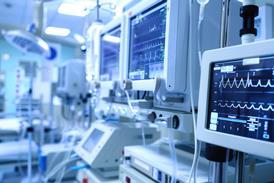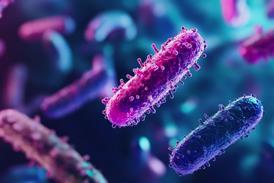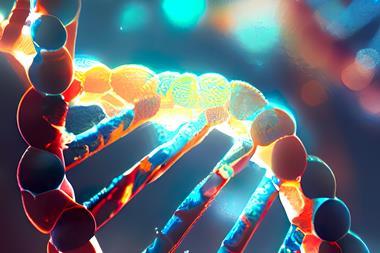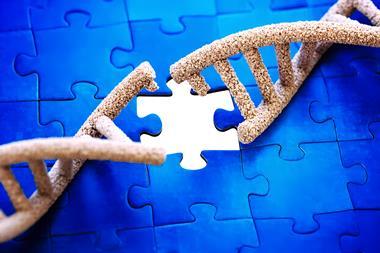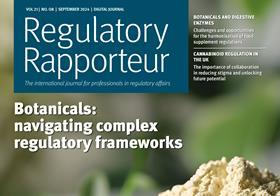
Regulatory Rapporteur
September 2024 | Volume 21 | No.8
The therapeutic properties of plants, in particular their roots, stems and leaves, have been recognised for thousands of years, with clear evidence from ancient records. Pedanius Dioscoride’s manuscripts in the first century AD list more than 500 plant species in the famous De materia medica, a reference text in Europe for more than 1,500 years. In more recent history, scientists evolved the belief that specific compounds in the plant were responsible for its healing attributes. Today, we see plant-derived ingredients and compounds in a multitude of products across different categories including medicines, food supplements, nutraceuticals and traditional herbal medicines. In our September issue, we give a small insight into these types of products and the regulatory requirements surrounding them.

Our first focus article, written by Ainhoa Larrañaga Guetaria and Nikolaas Tilkin-Franssens, tackles botanicals and digestive enzymes in relation to food supplements. Unlike other health products such as medicines, the regulations covering food supplements are only harmonised within the European Union up to a certain point, where efforts have mainly centred around vitamins and minerals. As the article describes, the regulations for other substances with a nutritional or physiological effect remains largely fragmented.
Our second focus article, written by Greer Deal and Tracey Goldsworthy, gives an introduction to cannabinoids. It explores their structure, their benefits, the general stigma surrounding them, and a summary of the current UK regulatory frameworks in which they exist. The article shows that, while operating within a challenging landscape, these compounds exhibit great future potential. Regulatory frameworks must strike a balance between ensuring patient access to safe and effective cannabinoid therapies while, at the same time, guarding against misuse, and an environment of collaboration between the current stakeholders of government agencies, healthcare providers, industry and patient advocacy groups is essential to achieving success.
At the other end of the spectrum from botanicals, hi-tech health-related products are increasingly becoming a part of our modern lives. In particular, as software becomes integral to daily routines and self-care, distinguishing between general health apps and those qualifying as medical devices is critical. Borderline products can be hard to define and can cause significant challenges to those wanting to bring them to market. Christina Gkouva and Cameron Rait discuss the complexities of classifying these products, particularly Software as a Medical Device (SaMD).
The World Health Organization (WHO) recently reported that an estimated 1.27 million deaths globally were directly attributed to antibacterial resistance in 2019.[1] Sacha Lynch, Kate Milsted and Suman Jhand look at current and future prospects for the regulation of antimicrobial agents and how to boost research, development and innovation in antimicrobial resistance (AMR) in human and animal health.
In this issue, April Wang presents the fourth article in a six-part series that focuses on the regulations in China’s drug market. This article provides an overview of the standard drug registration process in China and offers a detailed analysis of accelerated pathways, which China needs to implement in order to meet the country’s clinical needs.
In our final article, Vinetta Brew and Dr Henry Brew look at sustainability from the perspective of the personal care industry. Driven by consumer demand, corporate responsibility and regulatory needs, the personal care industry is making great strides towards being more environmentally conscious. This article presents an interesting view into the current initiatives being implemented to incorporate sustainability into personal care products.
We hope you enjoy reading this issue.
References
[1] World Health Organization (2023) ‘Antimicrobial resistance’.











